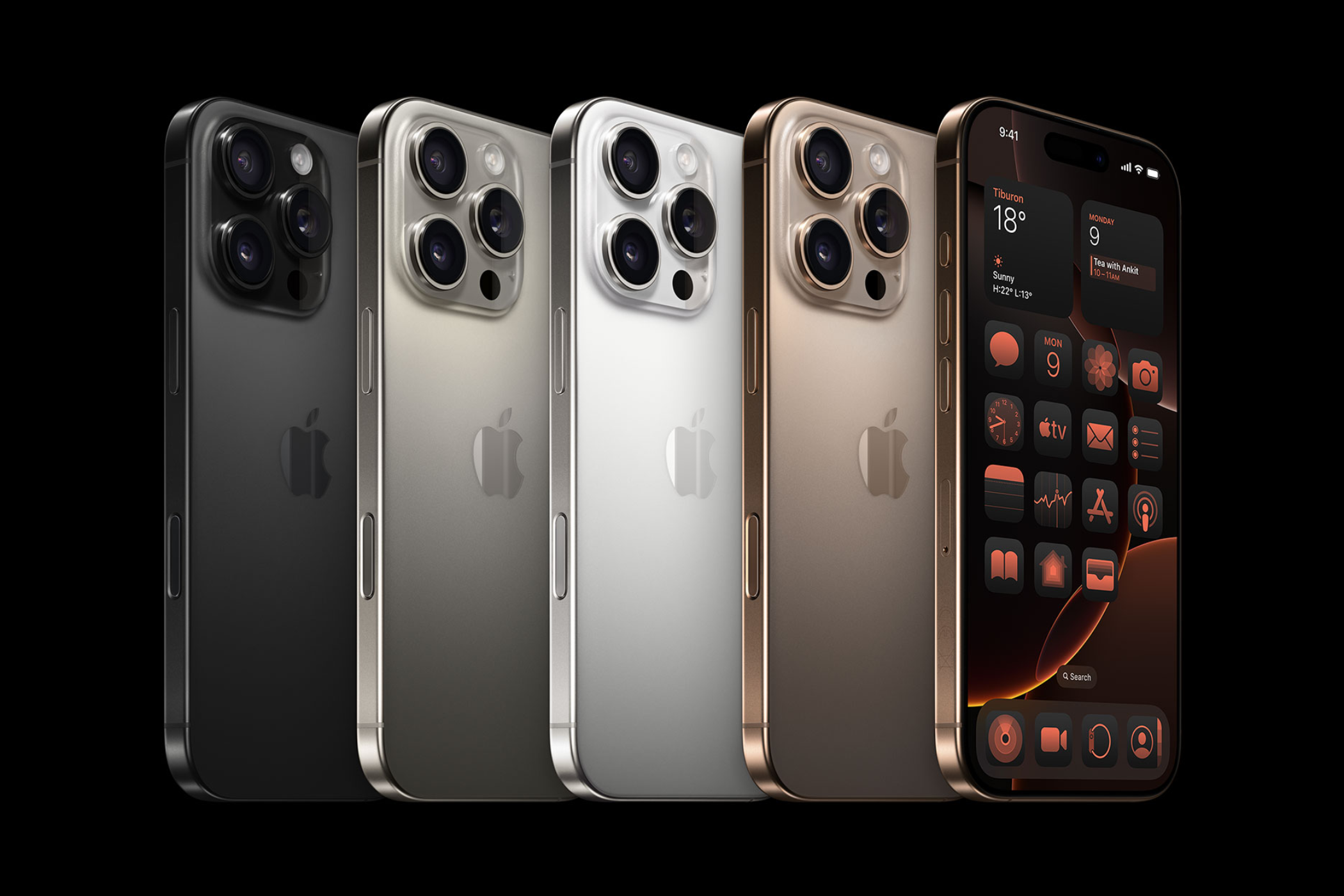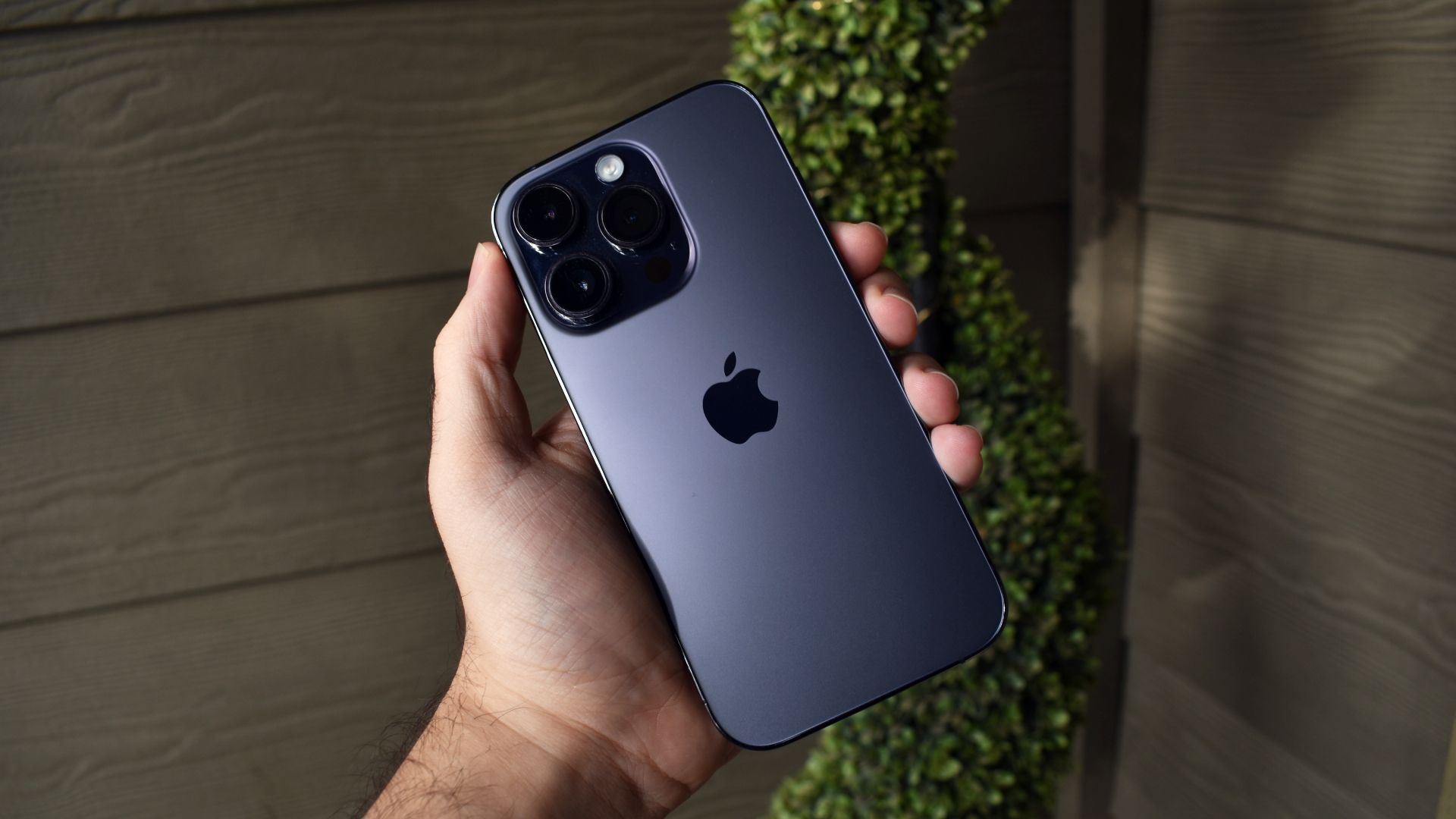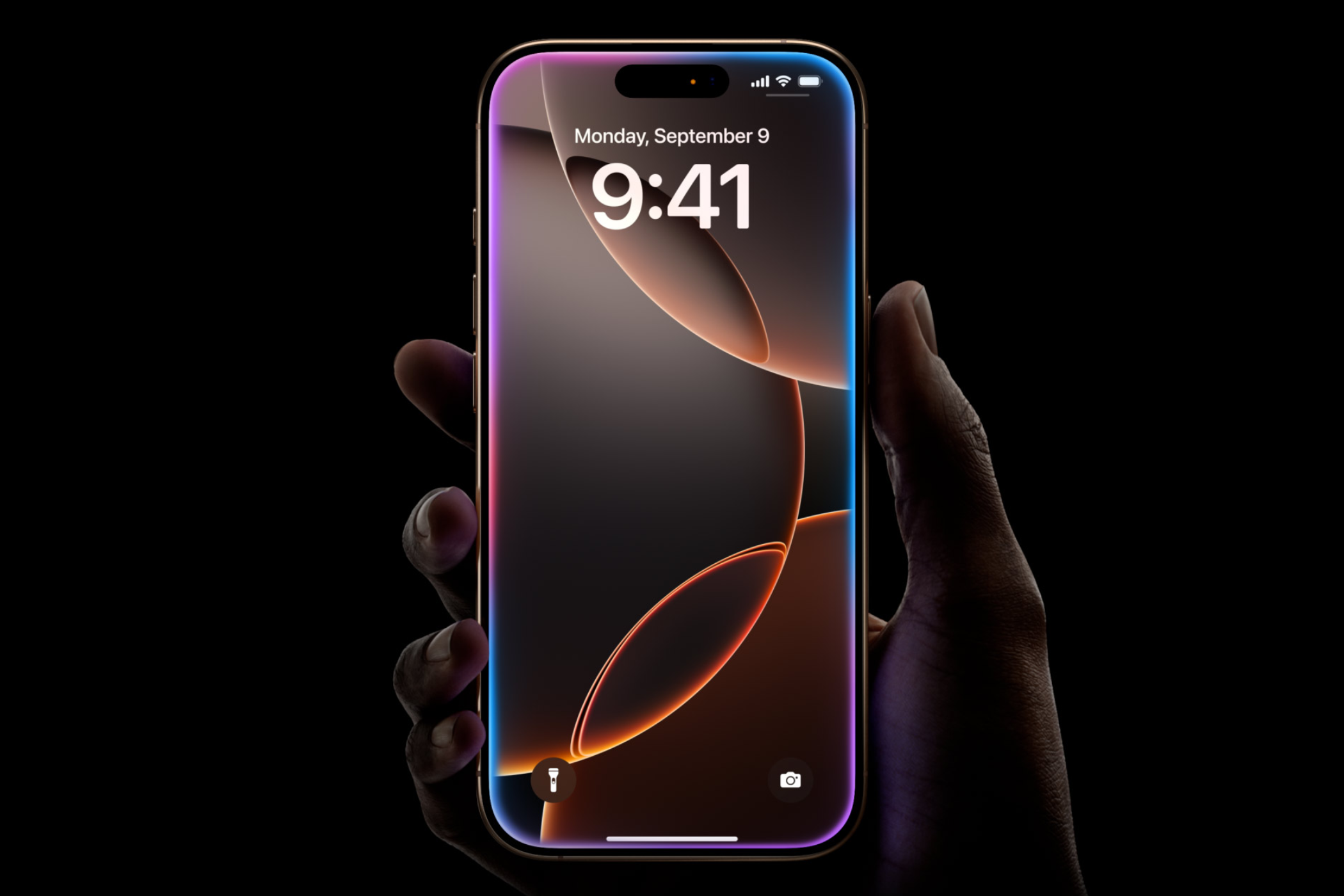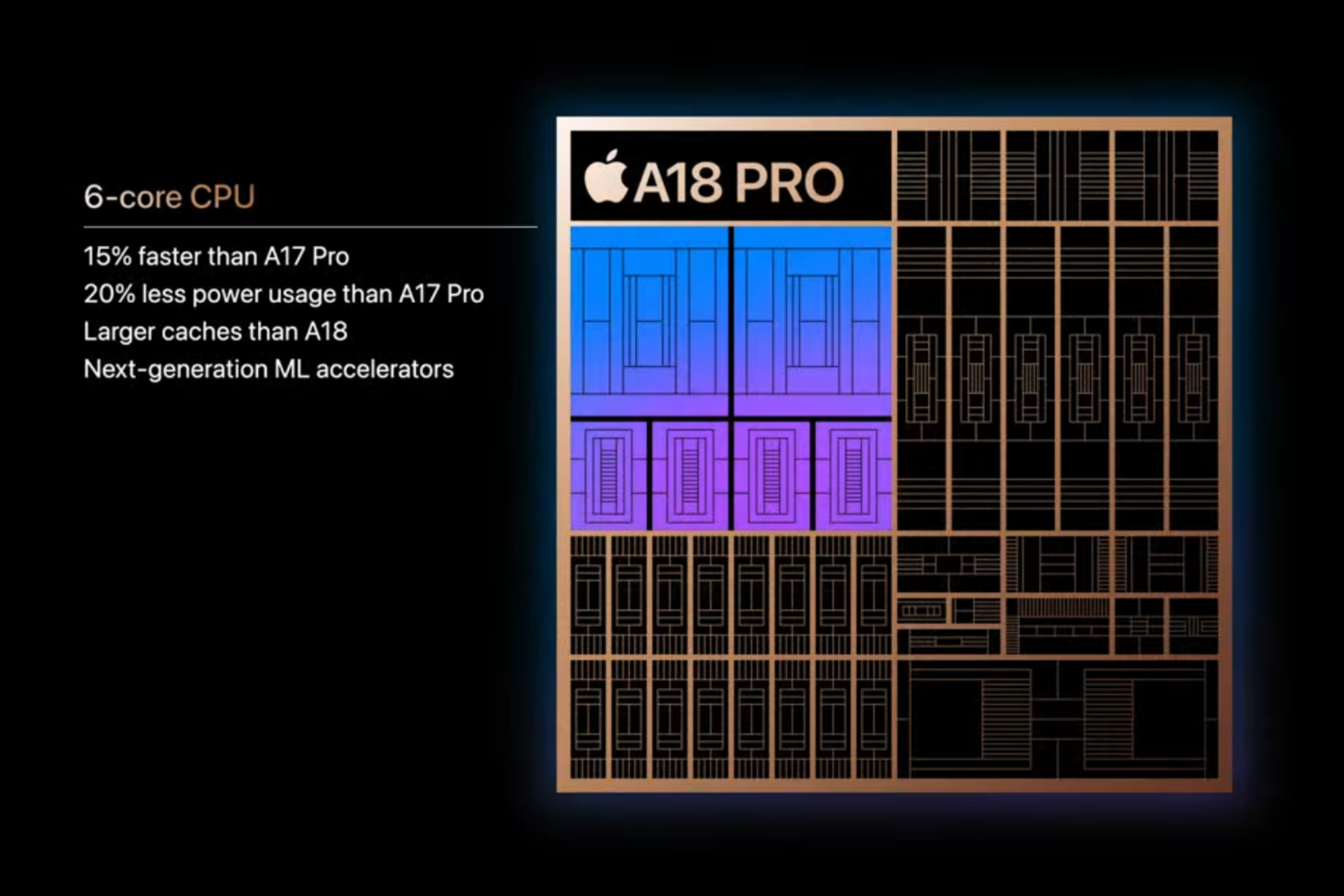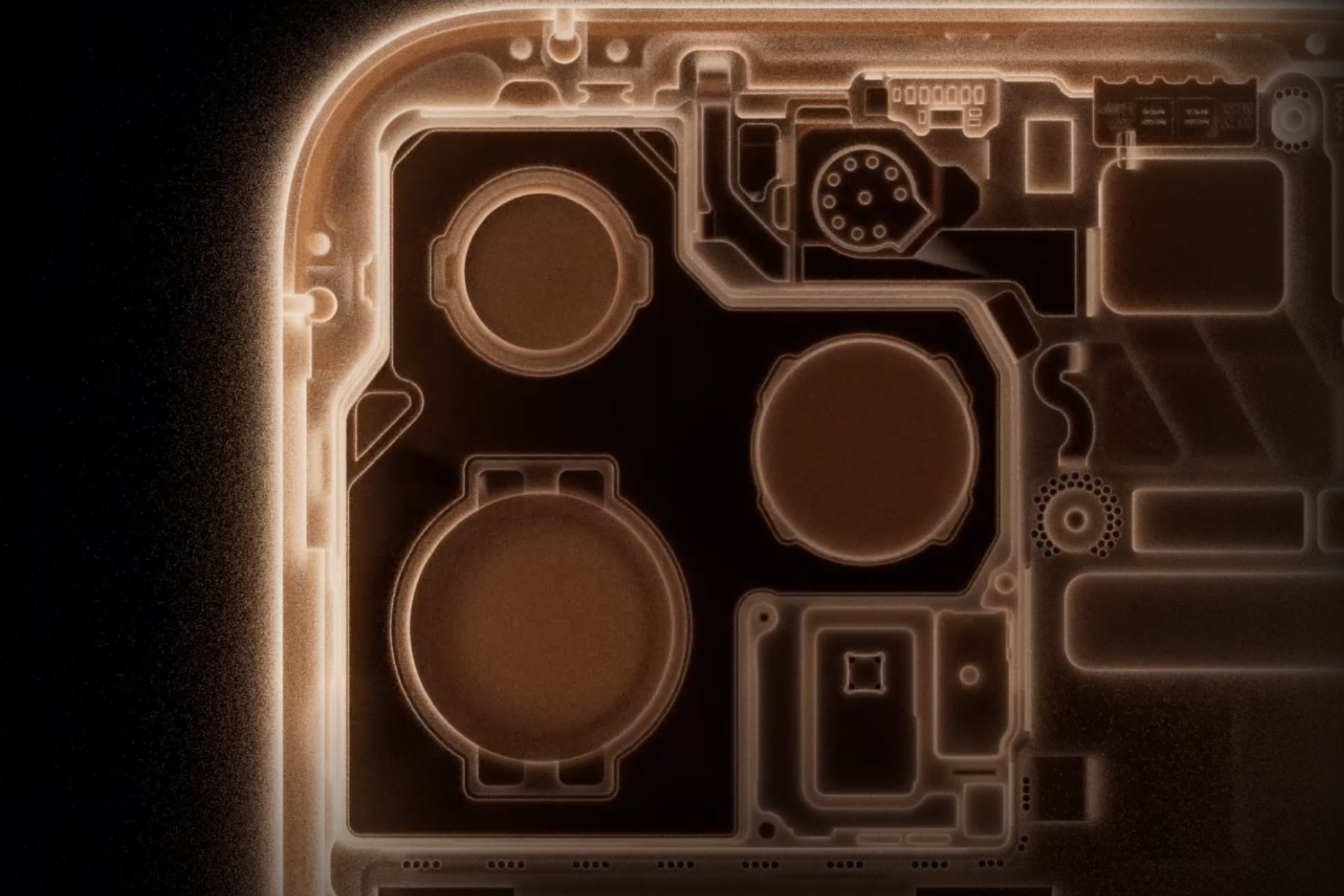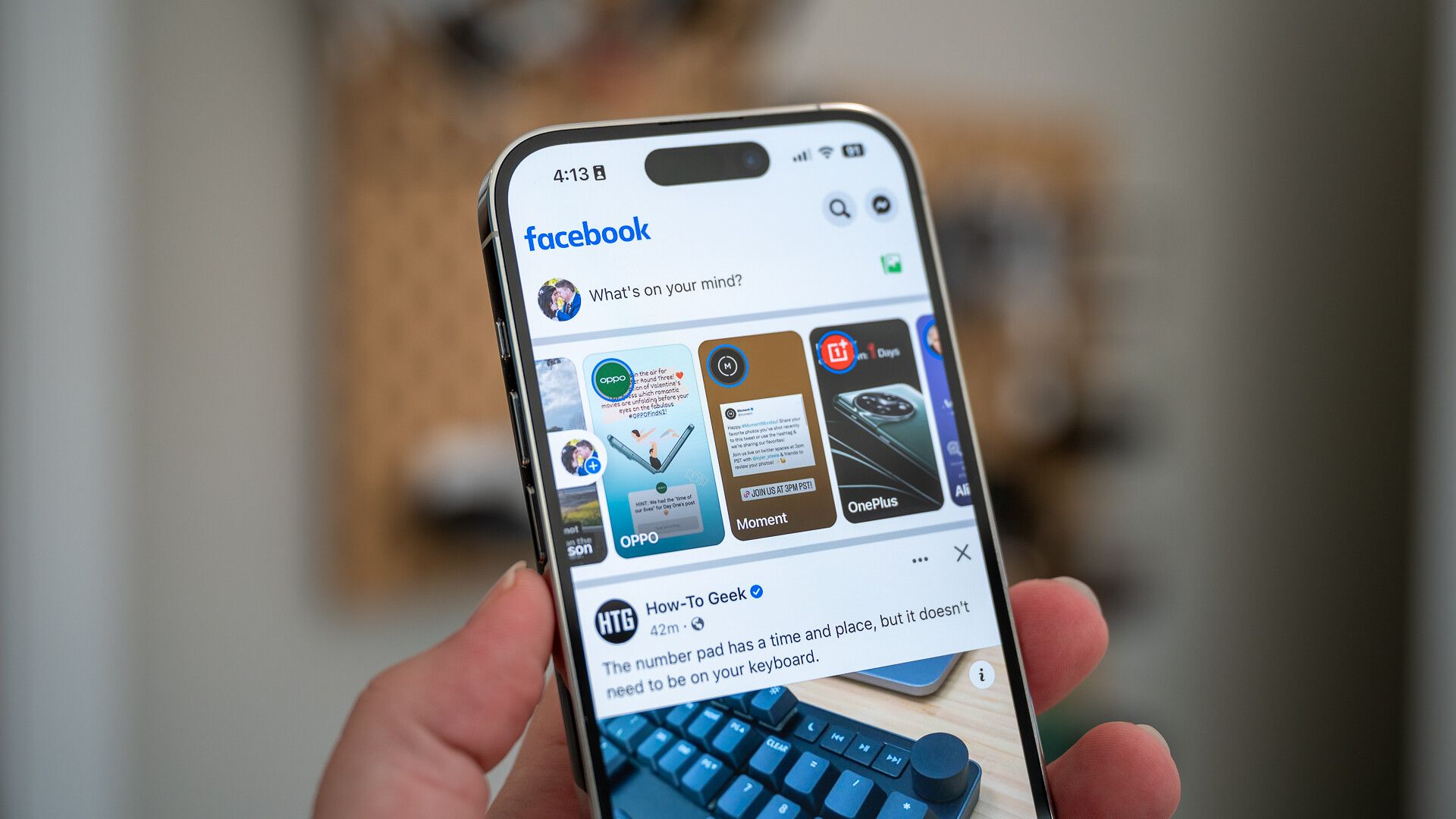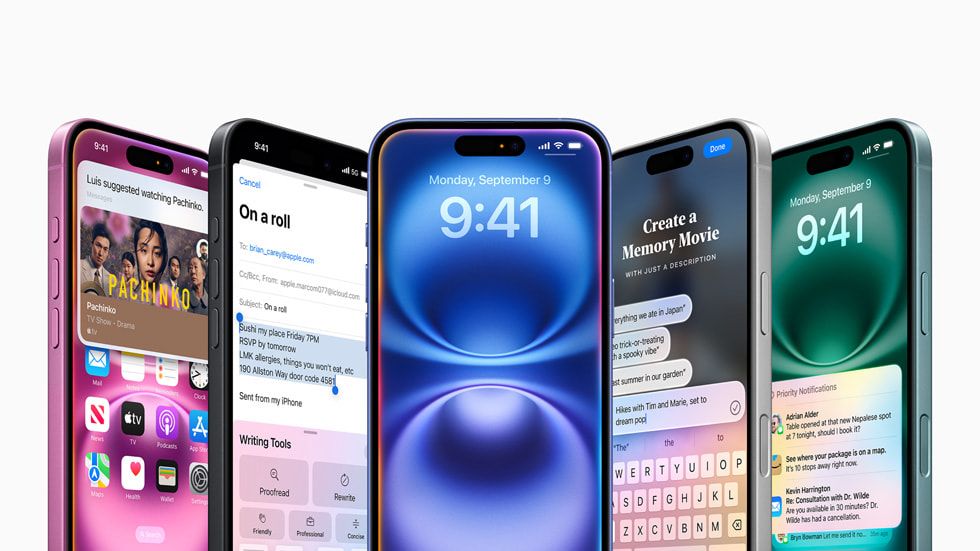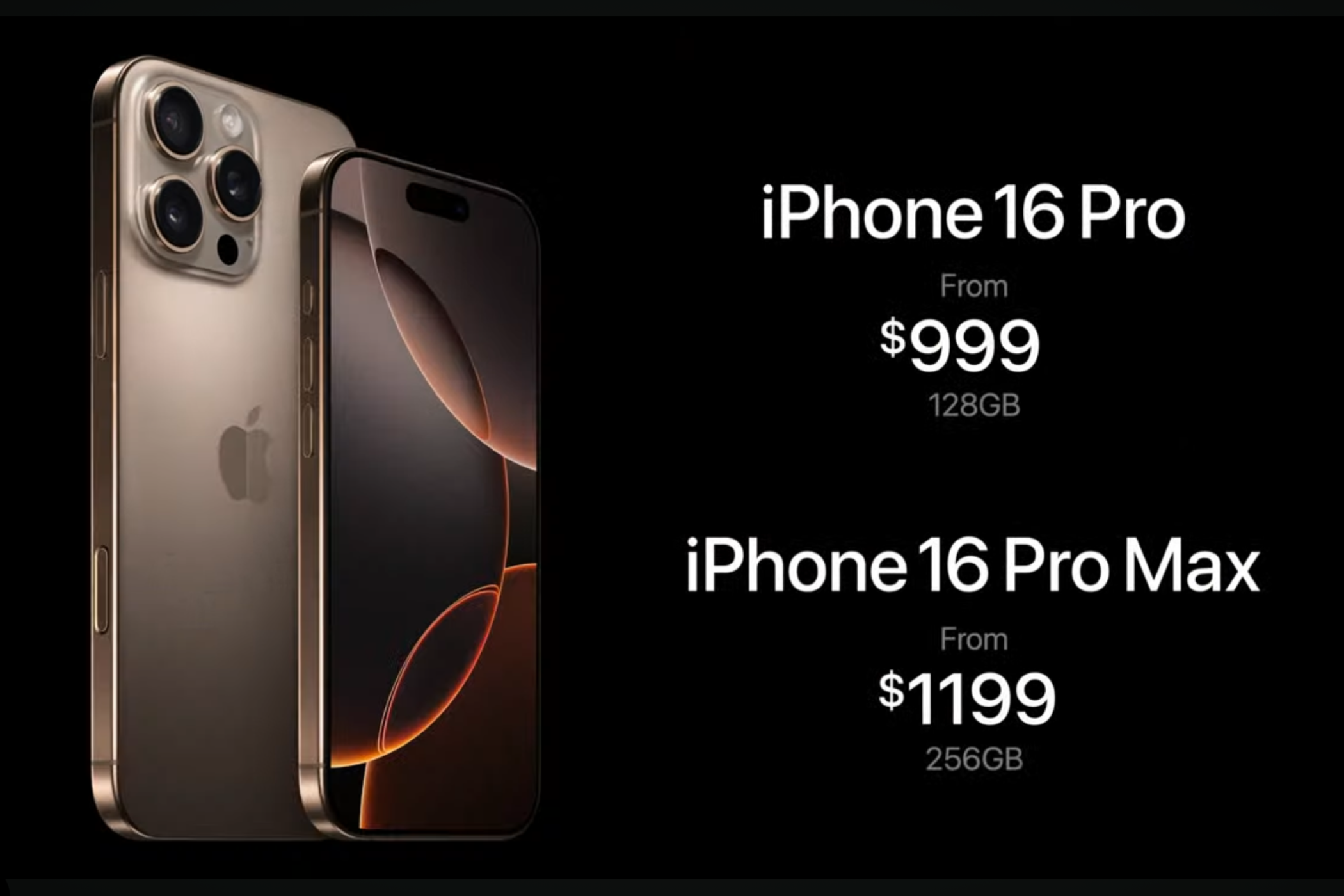Key Takeaways
- The iPhone 16 Pro has a bigger 6.3-inch screen, a new Camera Control button, an improved ultrawide and telephoto camera, and faster MagSafe charging.
- The iPhone 14 Pro has a smaller 6.1-inch screen, uses a two-year-old A16 Bionic chipset, and still has a Lightning port instead of the USB-C port on the iPhone 16 Pro.
- While the iPhone 16 Pro will get Apple Intelligence later this year, the iPhone 14 Pro won’t make the cut. However, it will still get a stable iOS 18 update.
Out of Apple’s four 2024 iPhone models, the iPhone 16 Pro seems to offer the best balance between portability and functionality. But does it make sense to upgrade from the iPhone 14 Pro? That depends on your expectations and budget.
iPhone 16 Pro Is Bigger Yet Lighter
At its core, the iPhone 16 Pro is a slightly bigger and thicker iPhone 14 Pro, with two new buttons on the frame which happens to be made of grade 5 titanium rather than stainless steel. In terms of dimensions, the iPhone 16 Pro is slightly taller and very slightly thicker than the iPhone 14 Pro.
Despite the changes, the newer iPhone is 7 grams lighter than the two-year-old version, thanks to the titanium chassis, which was introduced with last year’s iPhone 15 Pro.
While the iPhone 14 Pro shipped in black, silver, gold, and deep purple, the iPhone 16 Pro is available in black, white, natural, and desert titanium finishes. The iPhone 16 Pro’s front is characterized by the Dynamic Island, which first debuted on the iPhone 14 Pro (no change there). Holding the phones side by side, you’ll also notice how thin the bezels are on the new 16 Pro.
While other aspects, such as the textured matte glass back and the IP68 dust and water resistance ratings, remain the same, the 16 Pro features a second-generation Ceramic Shield front, which is about 50% tougher than the one on the iPhone 14 Pro. The square-shaped camera island on the rear panel is another commonality between the two phones.
The iPhone 16 Pro has two new buttons that are missing on the iPhone 14 Pro: the customizable Action Button and the new Camera Control button that makes accessing the camera and capturing pictures more accessible (at the press of a button).
Make Way for a Bigger Screen on the iPhone 16 Pro
Had it not been for the dimensions of the iPhone 16 Pro, this part of the comparison would have been irrelevant. As previously mentioned, the 16 Pro is taller with thinner bezels which makes way for a 6.3-inch Super Retina XDR display. This is noticeably bigger than the 6.1-inch Super Retina XDR screen on the iPhone 14 Pro.
Beyond this, however, both screens share the same panel technology, resolution, higher 120Hz refresh rate (referred to as the ProMotion display on the iPhones), and peak brightness. You also get an always-on display feature on both smartphones. The only other difference is that the iPhone 16 Pro’s screen can reach one nit of minimum brightness, making it easier to use in pitch-dark environments.
A18 Pro vs. A16 Bionic
With the iPhone 16 Pro, Apple has also introduced the A18 Pro chipset. Based on second-generation 3nm fabrication technology, the processor features a new six-core CPU, which can handle the same workload as the A17 Pro chipset 15% faster while using 20% less power.
The A17 Pro, in turn, is about 10% faster than the A16 Bionic chip on the iPhone 14 Pro. This means there’s a two-generational leap in terms of performance on the newer model
Aside from the CPU, the GPU and Neural Engine of the A18 Pro are significantly better than the A16 Bionic. Even though both the chipsets support hardware-accelerated ray-tracing, you should expect better performance in 3D applications on the iPhone 16 Pro. Thanks to the new heat dissipation mechanism, the newer iPhone can deliver 20% better-sustained performance, which means the 16 Pro can go for longer before thermal throttling kicks in.
Unfortunately, the A16 Bionic chip on the iPhone 14 Pro (and the regular iPhone 15 models) doesn’t have enough horsepower or RAM to run on-device generative models. This is why the two-year-old iPhone didn’t make the cut for Apple Intelligence, the suite of GenAI features that will be available on the iPhone 16 Pro later this year.
iPhone 16 Pro Offers Two New Cameras
While the nature (and alignment) of cameras remain the same on both smartphones, the iPhone 16 Pro is in a league of its own. Though both phones feature the same 48MP primary sensor, the iPhone 16 Pro has a new 48MP ultrawide sensor for shooting sharper landscape (and macro) pictures.
Furthermore, the iPhone 16 Pro gets a newer 12MP periscope telephoto camera that provides up to 5x optical zoom (the same sensor Apple released with the iPhone 15 Pro Max). Combined with software, the newer model offers 25x digital zoom, while the older model is capped at 15x. However, the 12MP TrueDepth camera on the front hasn’t changed.
The iPhone 16 Pro has also learned a couple of new tricks, such as 4K video at 120 fps, 1080p spatial video at 30 fps, and ProRes video in 4K at 120 fps. Another upgrade that’s worth pointing out is the ability to shoot QuickTake videos in 4K at 60 fps on the newer iPhone versus 1080p at 30 fps on the older model. You also get the latest-generation Photographics Styles on the iPhone 16 Pro.
Expect Better Battery Life on the iPhone 16 Pro
While the iPhone 16 Pro is rated to provide up to 27 hours of video playback, the iPhone 14 Pro was limited to 23 hours. Of course, the difference will be more evident if you’ve been using an iPhone 14 Pro since its launch due to the expected drop in battery health over time.
The newer model also supports faster MagSafe charging at 25W (with a 30W or higher adapter) and Qi2 wireless charging at up to 15W. Apple’s iPhone 14 Pro, on the other hand, has 15W MagSafe charging and 7.5W Qi wireless charging. Last but not least, the iPhone 16 Pro features a USB-C port (which can handle USB 3.0 transfer speeds), while the iPhone 14 Pro is stuck with a Lightning port that caps out at USB 2.0 speeds.
iPhone 14 Pro Won’t Get Apple Intelligence
In terms of software, both iPhones can run iOS 18. However, as mentioned, the iPhone 14 Pro doesn’t have enough processing prowess to support Apple Intelligence. As and when the GenAI features arrive on the iPhone 16 Pro, they will unlock a host of new abilities. These include text generation, proofreading, email, notification summarization, contextually-driven and conversational Siri (with screen awareness), improvements to the Apple Photos app, and Visual Intelligence.
It is worth mentioning that the iPhone 14 Pro should get new iOS updates for another three to four years.
iPhone 16 Pro Debuts at the Same Price
For the last few years, Apple hasn’t increased the prices of its iPhones at launch, and the same is true for the new models. The iPhone 16 Pro is available from $999 for the baseline variant with 8GB of RAM and 128GB of storage.
The iPhone 14 Pro also debuted for the same price for the 6GB RAM and 128GB storage variant in 2022. Currently, it is available at Walmart for a discounted price.
Apple’s iPhone 16 Pro might be an incremental upgrade over the iPhone 15 Pro, but things start to change when you compare it with the two-year-old iPhone 14 Pro.
Except for the screen, the iPhone 16 Pro offers considerable upgrades in all the other departments. You get a more powerful A18 Pro chip with support for Apple Intelligence, the most versatile camera system to exist on an iPhone, better battery life, and, faster wireless charging. These are all quality-of-life improvements that are worth considering.
That said, the iPhone 14 Pro is still a monster of a smartphone and these upgrades might not mean too much to you, especially if you are a regular user who doesn’t care about the GenAI features, gaming performance, or faster MagSafe charging.
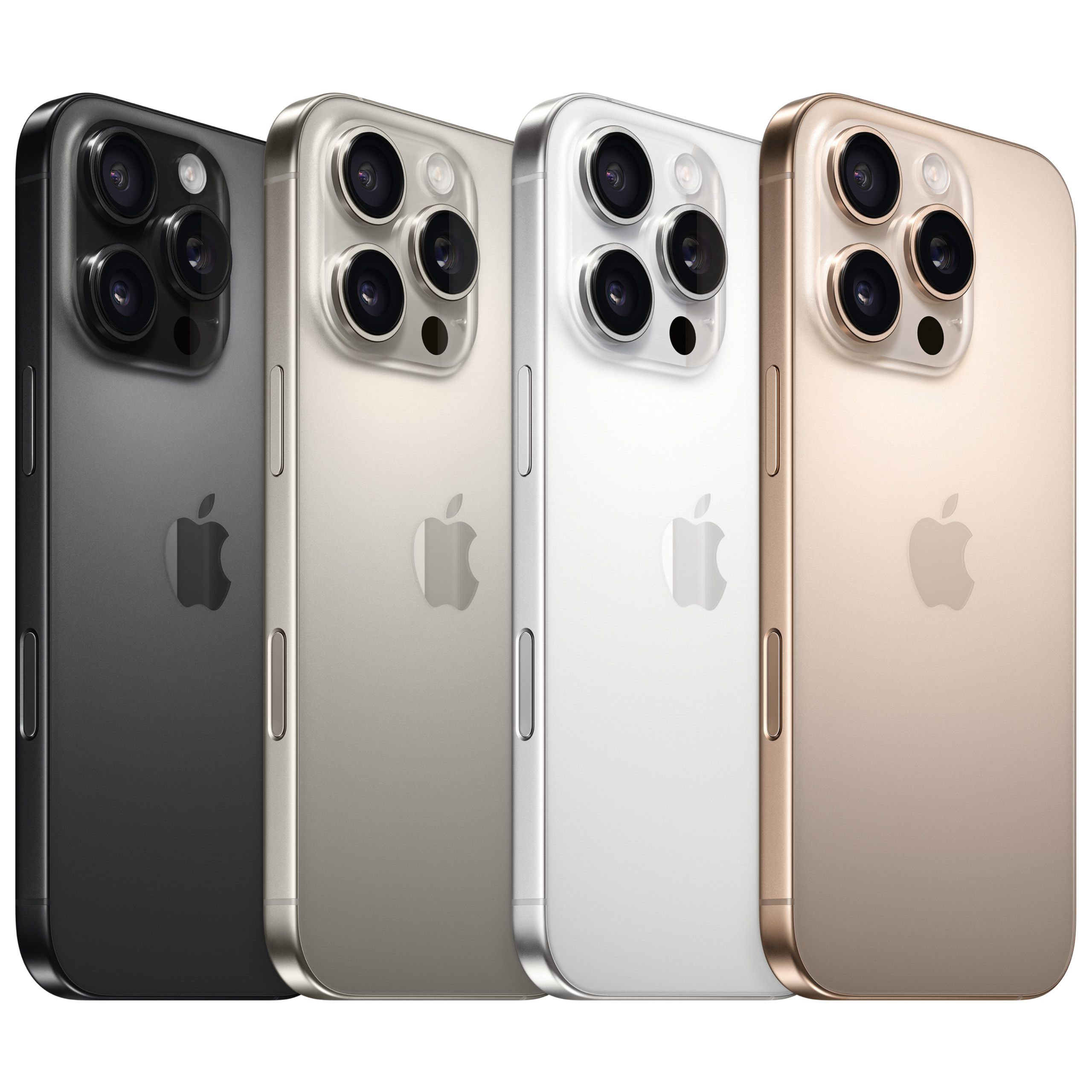
Apple iPhone 16 Pro
A version of Apple’s newest iPhone with a larger screen featuring a camera button, a programmable action button, and artificial intelligence features.


